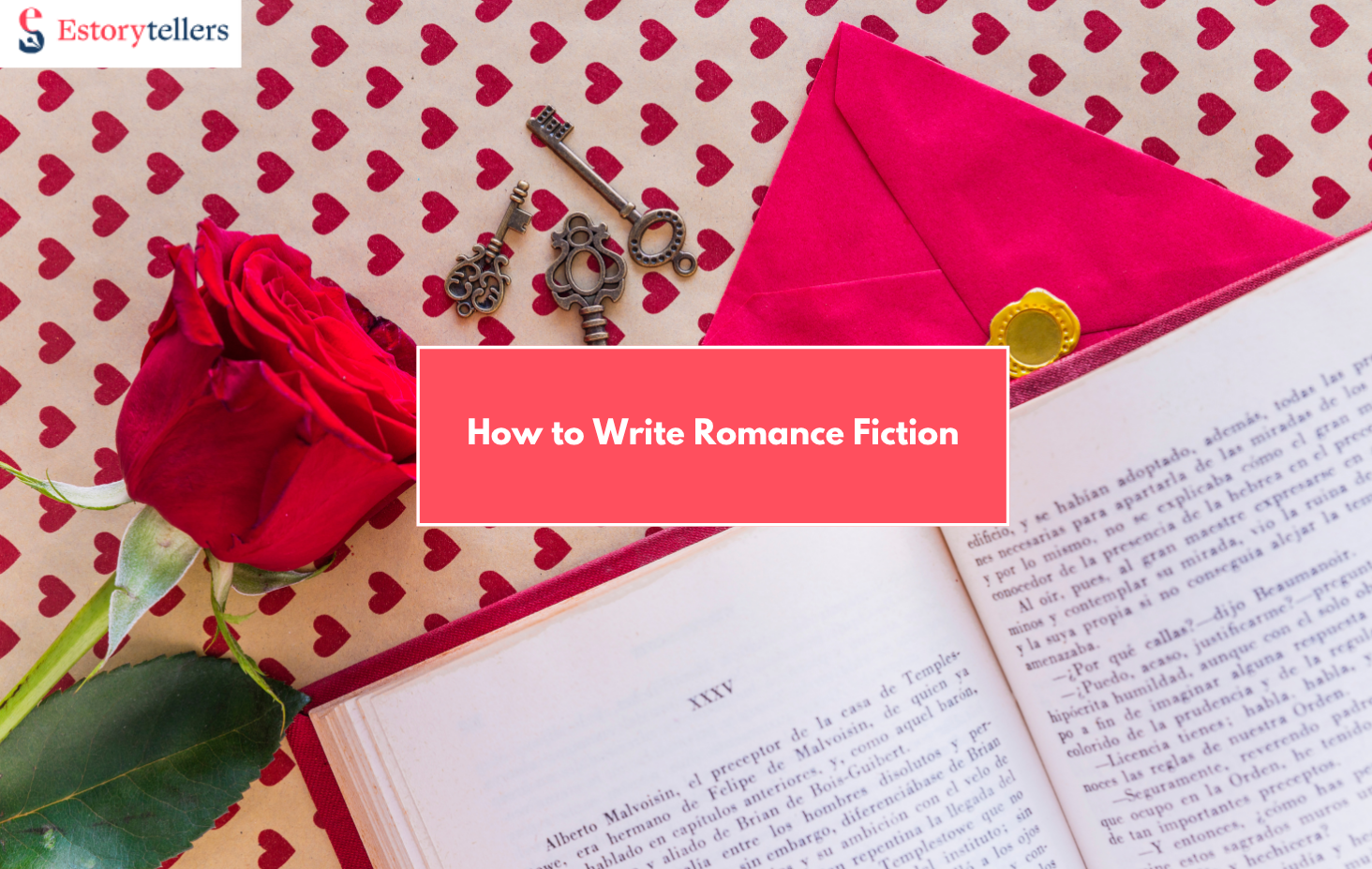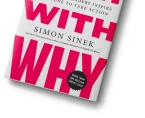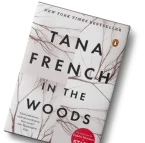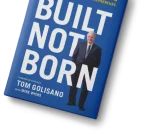
Romance fiction continues to dominate bestseller lists and capture hearts worldwide. No matter if it’s the heat of new love, the anguish of heartbreak, or the triumph of emotional growth, romance stories provide readers with an emotional journey they crave. If you’re a beginner asking, “How do I write romance fiction for beginners?”, you’re in the right place.
This guide delves into every stage of the writing process—from finding your hook to guiding your characters to a satisfying ending. We’ll also shine a spotlight on how Estorytellers, a comprehensive writing platform, can streamline your process, ensure your story shines, and help you connect with your reader emotionally.
Dreaming of Writing a Romance Novel?
We help you create love stories with heart, chemistry, and emotional impact that readers adore.
Start My Romance BookWhat Makes a Romance Novel Feel Great
Understanding the Emotional Core
At their heart, romance novels chronicle emotional transformation. Characters start with emotional obstacles—fear of vulnerability, trust issues, personal trauma—and through the relationship, they learn, grow, and heal.
Readers invest not just in the romance arc, but in a relatable emotional journey. A great romance makes readers feel: excitement, hope, tension, relief. Estorytellers uses emotional-arousal analytics to help you gauge whether your scenes hit those notes.
Genre Tropes: Framework vs. Formula
Tropes like enemies to lovers or second chances act as emotional anchors, but it’s your twist on them that makes them fresh.
- Enemies to lovers: Build a believable escalation—from snappy banter to mutual respect to sizzling attraction. Estorytellers helps you plot each transition with beat-by-beat guides.
- Second chances: Make the initial heartbreak believable, then craft a satisfying redemption arc. Estorytellers provides character-sketch tools that ensure motivations align.
Reader Expectations
Romance readers expect:
- A central romantic relationship.
- Strong chemistry and tension.
- A believable conflict and resolution.
- A satisfying ending (Happy Ever After or Happy For Now).
Got a Love Story but No Time to Write?
Our ghostwriters craft beautiful, emotional, and market-ready romance fiction tailored to your idea.
Hire a GhostwriterPlanning Your Novel: From Idea to Outline
Choosing Your Subgenre
Each subgenre has expectations—knowledge of historical settings, paranormal rules, or contemporary issues. Estorytellers offers pre-built templates tailored by subgenre, letting you focus on your voice and story.
Multi-Dimensional Characters
- Protagonist: Give them desires, weaknesses, and emotional wounds.
- Love Interest: Should complement and challenge the protagonist. Write separate backstories, then define how they intersect.
Estorytellers Tip: Use the Character Compatibility Matrix to test emotional alignment, potential conflict, and chemistry before writing your first draft.
Outlining: The Backbone of a Strong Romance
Use a three-act structure:
- Act 1 (Setup): Meet-cute, introduction to emotional stakes, initial spark.
- Act 2 (Development): Rising tension, deepening connection, first big conflict (“first turn”).
- Act 3 (Resolution): Climax, confrontation, resolution, and satisfying romantic payoff.
Estorytellers’ visual scene planner allows drag-and-drop reorganization, rewriting openings, and embedding emotional triggers in each stage.
Writing Your Opening: Hooking Readers From Page 1
What Makes a Hook Effective?
- Immediate stakes: Show what’s emotionally at risk.
- Chemistry tease: A moment of connection—be it a look, dialogue, or a shared experience.
- Voice introduction: Whether witty, dramatic, or poetic, make sure your main character’s voice shines.
Examples and Analysis
Café Collision
Emma collides with a stranger in her favorite café.
- Stakes: she’s late for an important meeting.
- Chemistry: his apology is warm, his concern is gentle.
- Voice: nervous interior monologue sets tone.
Mistaken Identity at a Wedding
A charming stranger mistakes Ava for someone else, then gives her a secret invitation to dance.
- Stakes: social embarrassment, potential opportunity.
- Chemistry: playful banter, curious intrigue.
- Voice: witty and self-aware, hinting at vulnerability.
Craft Your Own Hook
- Use sensory details (smell, touch, sound) to evoke mood.
- Show internal reactions—go beyond surface-level description.
- If you’re stuck, Estorytellers’ Opening Generator gives genre-specific suggestions and helps you test different angles.
Struggling With Your Plot?
We help you map emotional arcs, build romantic tension, and create satisfying endings readers crave.
Plan My StoryBuilding Authentic Romance Between Characters
The Power of Emotion Through Dialogue
Subtext is your best friend. Let characters say one thing and mean another.
Example:
“I’ll let you win.”
He raised an eyebrow. “You sure you’re giving me the chance?”
It reveals playful competitiveness and underlying affection.
Physical Gestures with Emotional Charge
Small actions—steadying a trembling hand, an accidental brush of fingers, a meaningful pause—carry emotional weight. Avoid cliches; choose gestures that reflect character personalities.
Creating Sensual Tension & Chemistry
- Slow burn: Resist the urge to let characters get together too early.
- Escalation: From meaningful glances to accidental touch, then a charged moment.
- Push-pull: One leans in emotionally, the other retreats—keeps the tension simmering.
Estorytellers can help you map these beats and ensure each scene builds on the last.
Balancing Intimacy & Boundaries
Details matter—but restraint is key, unless writing erotica. Focus on feelings: what they sense, think, or yearn for. Use Estorytellers’ content filters to match your intimacy level to your audience.
Want to Create Lovers Readers Fall For?
We help you write relatable protagonists with chemistry, depth, and unforgettable love journeys.
Create My CharactersThe Romance Plot: Balancing Chemistry and Conflict
Keeping the Stakes High
Romance thrives on emotional tension. Keep raising the bar:
- Personal flaws
- External forces (families, jobs, secrets)
- Misunderstandings
Effective Subplots
Secondary plots—friend groups, careers, personal growth—should support the emotional journey, not distract from it. Estorytellers guides you to weave multi-layered but cohesive arcs.
Pacing: The Emotional Rhythm
Alternate between:
- Slow introspection
- Heartfelt conversations
- Conflicts and reconciliation
- Quiet, cozy moments
Use Estorytellers’ pacing analytics to visualize where your story drags or sprints.
Editing: Polishing Emotion and Prose
Self-Edit Checklist
- Clichés: Replace “heart skipped a beat” with unique sensory descriptions.
- Show vs Tell: Swap “She felt nervous” to “Her fingers trembled as she adjusted her hair.”
- Emotional clarity: Does the reader feel what the character is experiencing?
Refining Dialogue
- Remove filler (“um,” “just”) unless character-specific.
- Ensure each line reveals voice and emotion.
- Use Estorytellers’ Dialogue Flow Checker to identify stilted or repetitive exchanges.
Balancing Pace and Emotion
Run an emotional arc report: ensure each chapter moves the relationship forward or deepens tension. Estorytellers flags plateaus.
Leveraging Beta Feedback
Estorytellers connects you with genre-focused beta readers who report on chemistry, pacing, and emotional investment.
Want to Sound Like a Romance Pro?
Our editors enhance your voice, pacing, and emotional tone for polished, romantic storytelling.
Polish My WritingPublishing Like a Pro
Traditional vs. Indie Publishing
| Aspect | Traditional | Indie |
|---|---|---|
| Editorial Support | Yes | Optional |
| Distribution Reach | Wider | Self-managed |
| Creative Control | Limited | Full |
| Royalties | ~5–15% | ~70% |
Estorytellers offers hybrid services—connecting with agents and providing indie dIY tools.
Cover Design & Blurb Optimization
- Design should evoke your tone and subgenre.
- Include compelling keywords in your blurb to improve discoverability.
- Estorytellers includes a Cover Creator and Blurb Advisor using genre-optimized templates.
Marketing Strategy
- Launch ARC (Advanced Reader Copy) to build reviews.
- Use social media teasers—quotes, mood boards, behind the scenes.
- Set up newsletter campaigns.
Estorytellers integrates with MailerLite/ConvertKit and automates social countdowns and hashtag suggestions for max reach.
Growth Tips for Beginners
- Read 3 key books in your subgenre. Analyze how they build tension and resolve conflict.
- Write 500 words a day—progress over perfection.
- Use writing sprints—Estorytellers hosts weekly ones to build consistency and community.
- Celebrate small wins—finished a chapter? Share it with peers. Feedback boosts momentum.
- Learn from feedback—beta readers, critique partners, or Estorytellers community workshops.
Writing Paranormal, Fantasy, or YA Romance?
We help you build crossover love stories that blend romance with thrilling, magical, or modern themes.
Explore SubgenresConclusion: Writing Romance Fiction
Writing romance is emotional work; it takes courage, honesty, and empathy. But with awareness of structure, tension, and character, you can craft stories that resonate deeply with readers. And with Estorytellers, your plotting tools, editing supports, marketing resources, and community, you can build your novel with quality and confidence.






























